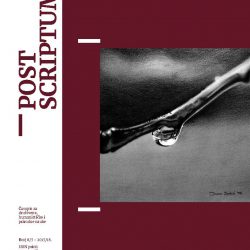
Od autora do dramskoga subjekta
Review of: Almir Bašović: Maske dramskog subjekta (Govoreći subjekt i autorska pozicija na primjeru drame s kraja XIX i početka XX stoljeća), Buybook, Sarajevo / Zagreb, 2015.
More...We kindly inform you that, as long as the subject affiliation of our 300.000+ articles is in progress, you might get unsufficient or no results on your third level or second level search. In this case, please broaden your search criteria.

Review of: Almir Bašović: Maske dramskog subjekta (Govoreći subjekt i autorska pozicija na primjeru drame s kraja XIX i početka XX stoljeća), Buybook, Sarajevo / Zagreb, 2015.
More...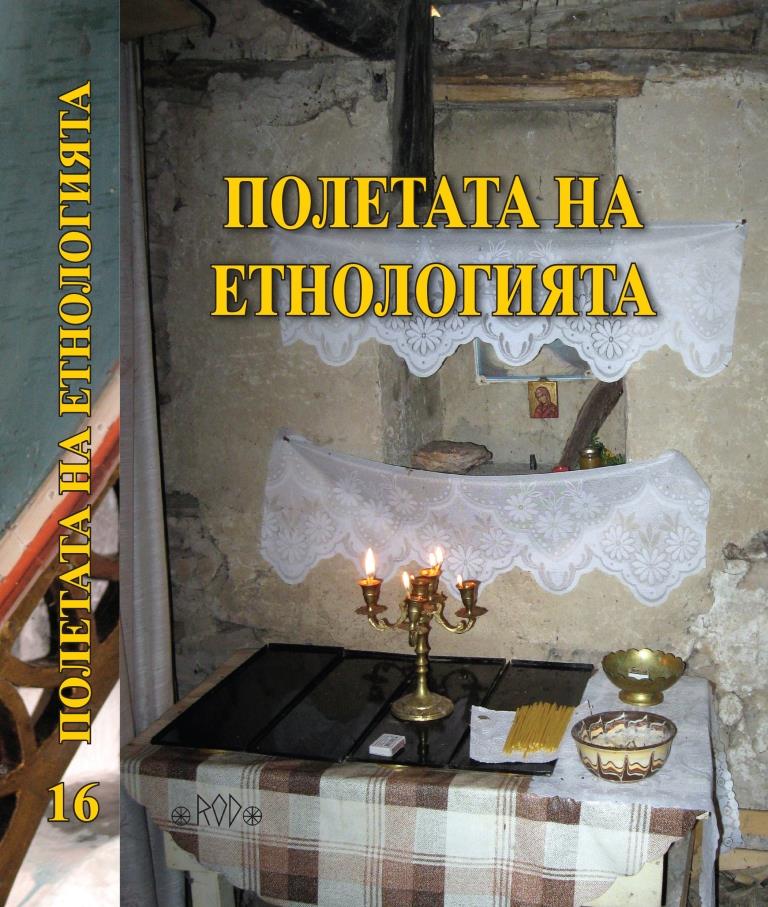
Votives are an important part of the culture and tradition of the Bulgarians. For the first time Bulgaria will make an exhibition dedicated to them. In her with their collections will involve all museums in the country. In scientific report will be presented quest and inspiration of the team in preparation for the exhibition.
More...
Teza. Autorka wyraża przekonanie, że poprzez przemyślane i właściwie zaplanowane omawianie biografii pisarzy na lekcjach języka polskiego można rozwijać twórcze postawy uczniów i inspirować ich do generowania własnych tekstów kultury. Jako niezbędny przykład do omówienia problemu wybrała życiorys Wisławy Szymborskiej. Wydaje się bowiem, że polska noblistka była osobą twórczą w dwojakim znaczeniu, a zaaranżowane przez polonistę działania dydaktyczne, mające na celu przybliżenie życia wewnętrznego W. Szymborskiej, mogą wpływać na wspieranie i rozwój twórczych postaw młodych ludzi.Omówione koncepcje. Autorka opiera się na ustaleniach badaczy dziedzin, jakimi są psychologia i pedagogika twórczości. Interesują ją koncepcje, które przypisują edukacji ważną rolę w rozwijaniu postaw twórczych dzieci i młodzieży. Szczególną uwagę zwraca na twórczą edukację polonistyczną i związki omawiania biografii twórców ze wspieraniem nieschematycznego myślenia (pierwsze rozumienie twórczości) oraz generowaniem wytworów (drugie podejście). Wyniki i wnioski. Polonista świadomy wartości edukacyjnych, które mogą płynąć z omawiania biografii na lekcjach, być może odejdzie od motywowania uczniów do przyswajania wiedzy na temat wydarzeń z życia twórcy i dat ważnych dla jego biografii. Zamiast tego może wspierać twórcze postawy uczniów i inspirować do działań twórczych poprzez poznanie faz procesu twórczego czy przybliżenie sylwetki autora: jego zainteresowań, cech charakteru, mocnych i słabych stron, czyli poprzez pokazanie człowieka, który nie jest doskonały i genialny, ale który osiągnął wiele dzięki trudnej drodze, pełnej porażek i ciężkiej pracy.Oryginalność/wartość poznawcza podejścia. W artykule autorka porusza problem omawiania biografii na lekcjach języka polskiego – jednej z dominujących czynności, z jakimi musi się zmierzyć nauczyciel tego przedmiotu. Zwrócenie uwagi na to, iż notki biograficzne w podręcznikach odznaczają się niską wartością dydaktyczną i wychowawczą, a także przedstawienie propozycji działań, które mogłyby w inny sposób traktować biografie, wydaje się nowatorskie i ważne dla dydaktyki języka polskiego.
More...
Cel badań. Celem badań zabytkowego wyposażenia (odnalezionego w 2015 roku na strychu świątyni) dawnej cerkwi p. w Narodzin Św. Jana Chrzciciela (1812r.), było ustalenie proweniencji, datowania a także techniki i technologii poszczególnych obiektów. Badania zostały zrealizowane w ramach „Projektu konserwatorskiego dla zabytkowego wyposażenia dawnej cerkwi w Odrzechowej” sfinansowanego w ramach stypendium ministra MKiDNMetoda badań. Przeprowadzono badania fizyko-chemiczne próbek pobranych z wybranych obiektów zabytkowych w celu ustalenia budowy technologicznej a także identyfikacji pigmentów oraz spoiw. Wykonano dokładne pomiary oraz inwentaryzację zbioru. Ważną częścią badań była analiza stylistyczno – porównawcza najcenniejszych obiektów a także kwerenda archiwalna.Wyniki badań. Dzięki przeprowadzonym badaniom udało się ustalić datowanie dwóch najcenniejszych obiektów: ołtarza bocznego z XVIII wieku oraz drewnianego krzyża procesyjnego z przełomu XVIII/XIX wieku. Ponadto odtworzono wygląd dwóch istotnych elementów wyposażenia: ikonostasu z końca XIX wieku oraz Cyborium. Stworzono bogatą dokumentację zbioru zawierającą podsumowanie badań fizyko-chemicznych, opis, stan zachowania a także proponowany program konserwatorski.Wnioski. Na podstawie zgromadzonych informacji oraz przeprowadzonej analizy poszczególnych elementów wyposażenia udało się wyselekcjonować te najcenniejsze i objąć je ochroną (wpis do rejestru zabytków). Ponadto na podstawie dokumentacji, przygotowano projekt re-aranżacji wnętrza świątyni w celu przywrócenia jej wartości historycznych.
More...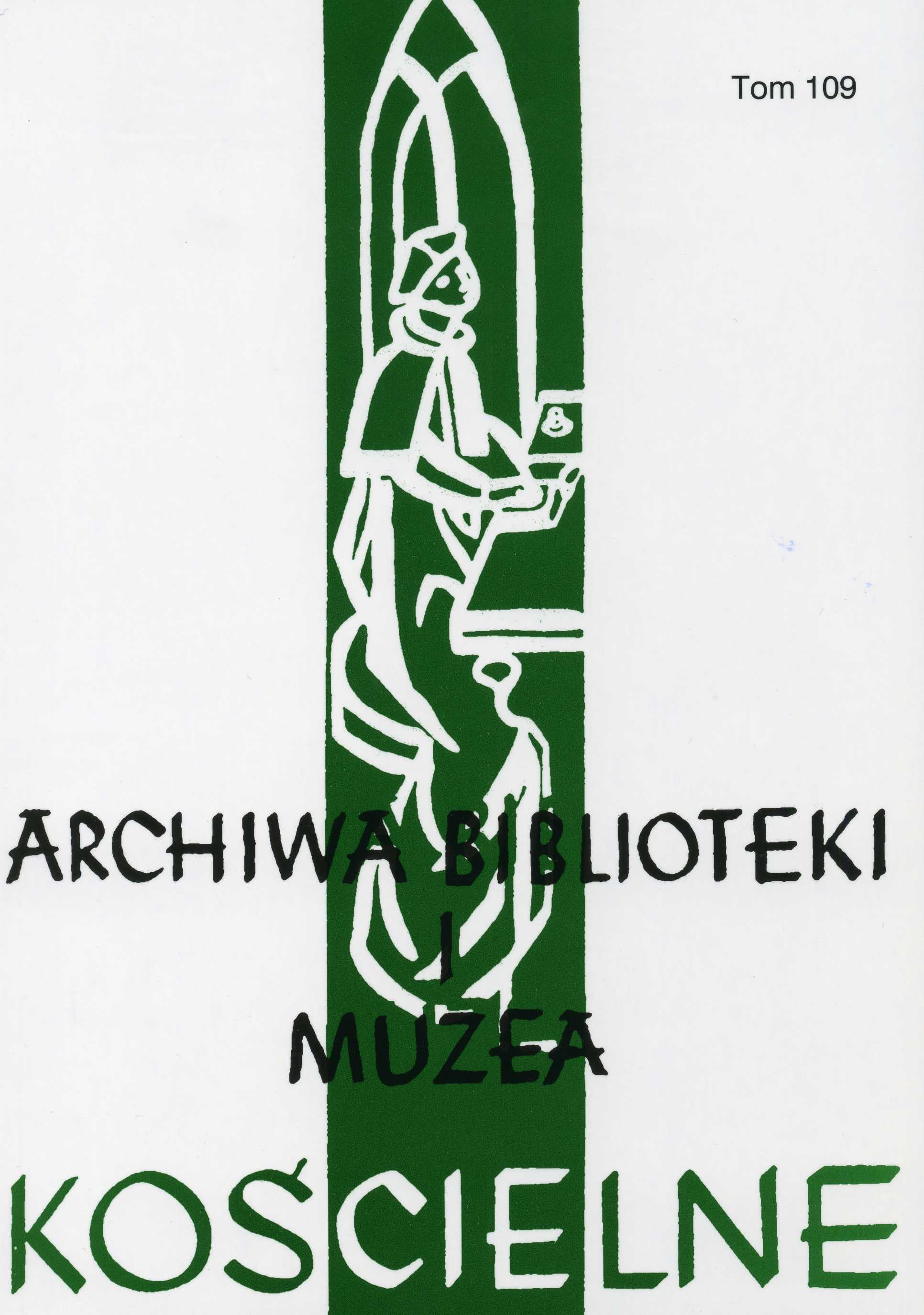
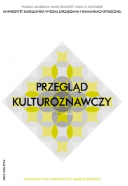
The article presents the activity of women’s artistic associations in Germany at the end of the 19th and the beginning of the 20th century. It focuses on the Silesian Women-Artists Association founded in Breslau (now Wrocław) in 1902. The association’s goal was a protection of the members’ interests, an organization of the collective exhibitions and a dispatch of artworks to bigger exhibitions. The positioning of the Breslau Association in the process of formation of the women’s association culture in the bourgeois milieu, with the help of a sociological perspective and social class categories, is the main goal of the article. The applied method is justified not only by the references to the literature using or analyzing the same sociological perspective, but also by visible connections between the social context and the subject and style of the works of art. The city was the hob of the association activity and it enabled collective actions. The cultural capital and behavior patterns created in the bourgeois milieu stirred up an activity of women and women-artists, who started to associate. They left the private sphere which had been ascribed to them, and entered the public, which had been reserved for men. In 2002, Rita Huber-Sperl wrote „The associations, generally speaking, and women’s associations in particular, are achievements of the bourgeoisie”. The Breslau Association seems to affirm the quoted thesis.
More...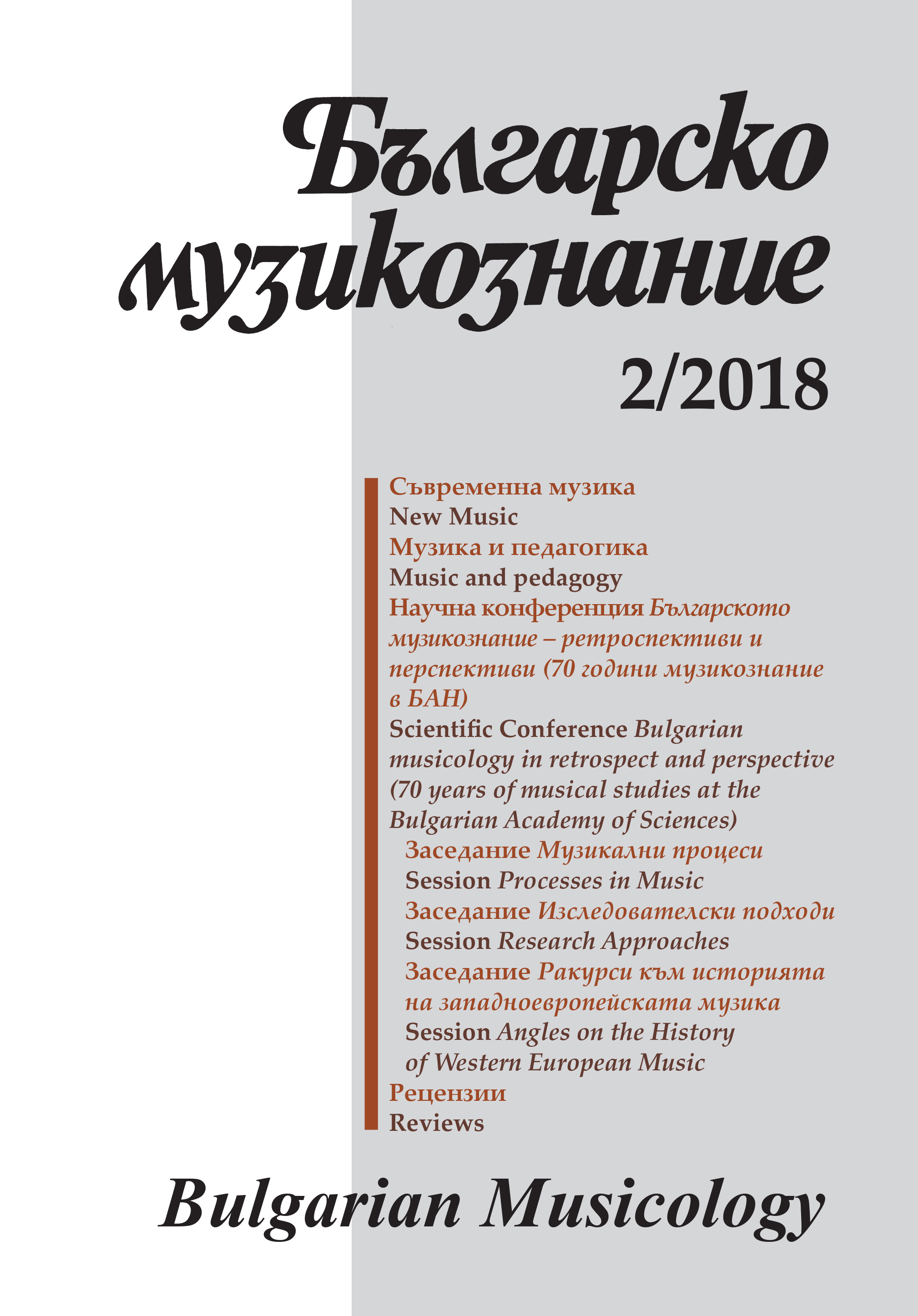
This study deals with lullabies by Bulgarian composers composed at the turn of the twentieth as well until the mid-century. The specifics of this genre are interpreted in the light of the changed musical thinking and the establishing of a national composers’ school. The role of the genre is broached in the development of a school repertoire that has been ultimately shaped into a music-cultural layer in the post-Liberation era. Lullabies are defined as a tool of a kind meant to form and develop students’ abilities in the practice of Bulgaria’s music education. Information has been summarised of examples by Bulgarian and foreign authors published in 65 textbooks and collections grouped by time periods (until the end of the nineteenth century; until the 1930s and until the mid-twentieth century). Some of the most popular to this day lullabies by Bulgarian composers are presented.
More...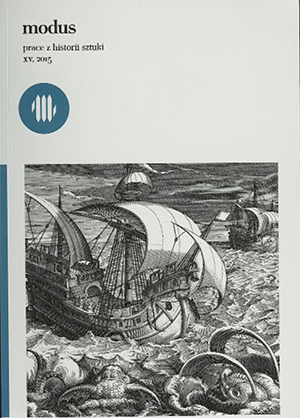
The author describes twenty-two architectural projects prepared by Russian architects for the Polish lands which at that time were part of the Russian Empire.According to an inscription accompanying the designs, the set of architectural drawings was approved in Tsarskoye Selo on 14 November 1857. The treatment of these designs in the present article concentrates on the original features of Russian Orthodox architecture visible in them.The author discusses the drawings in relation to the architecture of Orthodox churches in the gubernyia (governorate) of Piotrków, created by the Russian authorities in 1867 asa result of an administrative division. The style of these churches was Byzantine Revival, which, broadly speaking, did not develop any more after Poland had regained independence in 1918. The author has analysed two buildings: St Alexander Nevskys OrthodoxChurch in Łódź (1880-1884; designed by the well-known architect Hilary Majewski) and the Orthodox Church of Vera, Nadezhda and Lyubov (Faith, Hope and Charity) in Sosnowiec(1888-1889, whose construction was overseen by the architect Prokofiev from Piotrków Trybunalski). Both churches are formally related to the architectural projects presented above, as is testified by their octagonal naves and other features (e.g. oniondomes), typical of imitations of the Byzantine style in Russia or Russian vernacular revival architecture. #Niepublikowany
More...
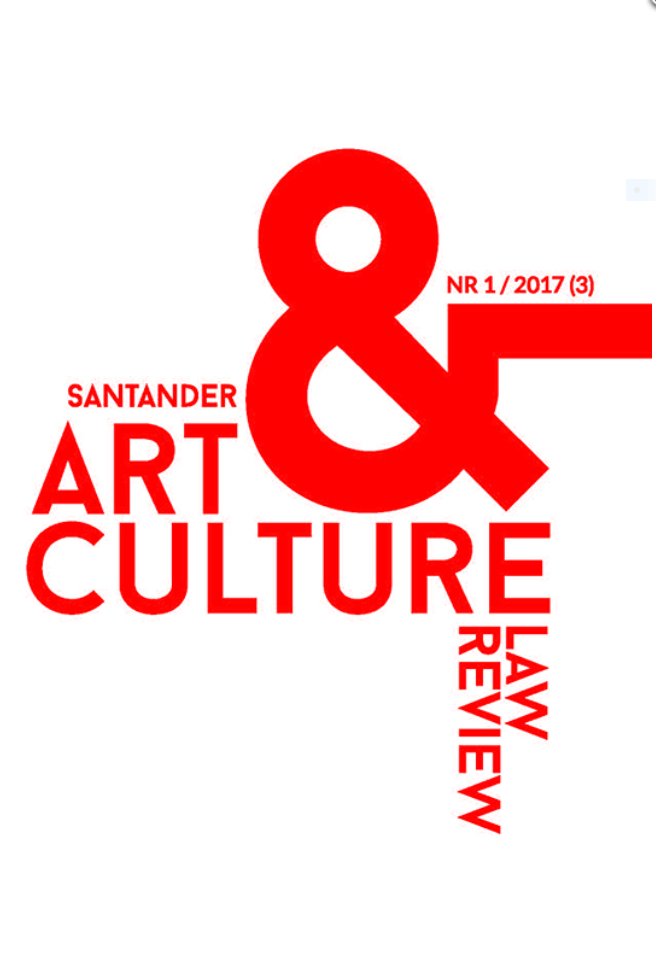
Ogólnopolski Zjazd Przedstawicieli Katedr Kryminalistyki, zorganizowany przez Uniwersytet Kazimierza Wielkiego w Bydgoszczy, został połączony z seminarium pod patronatem redakcji „Santander Art and Culture Law Review”.
More...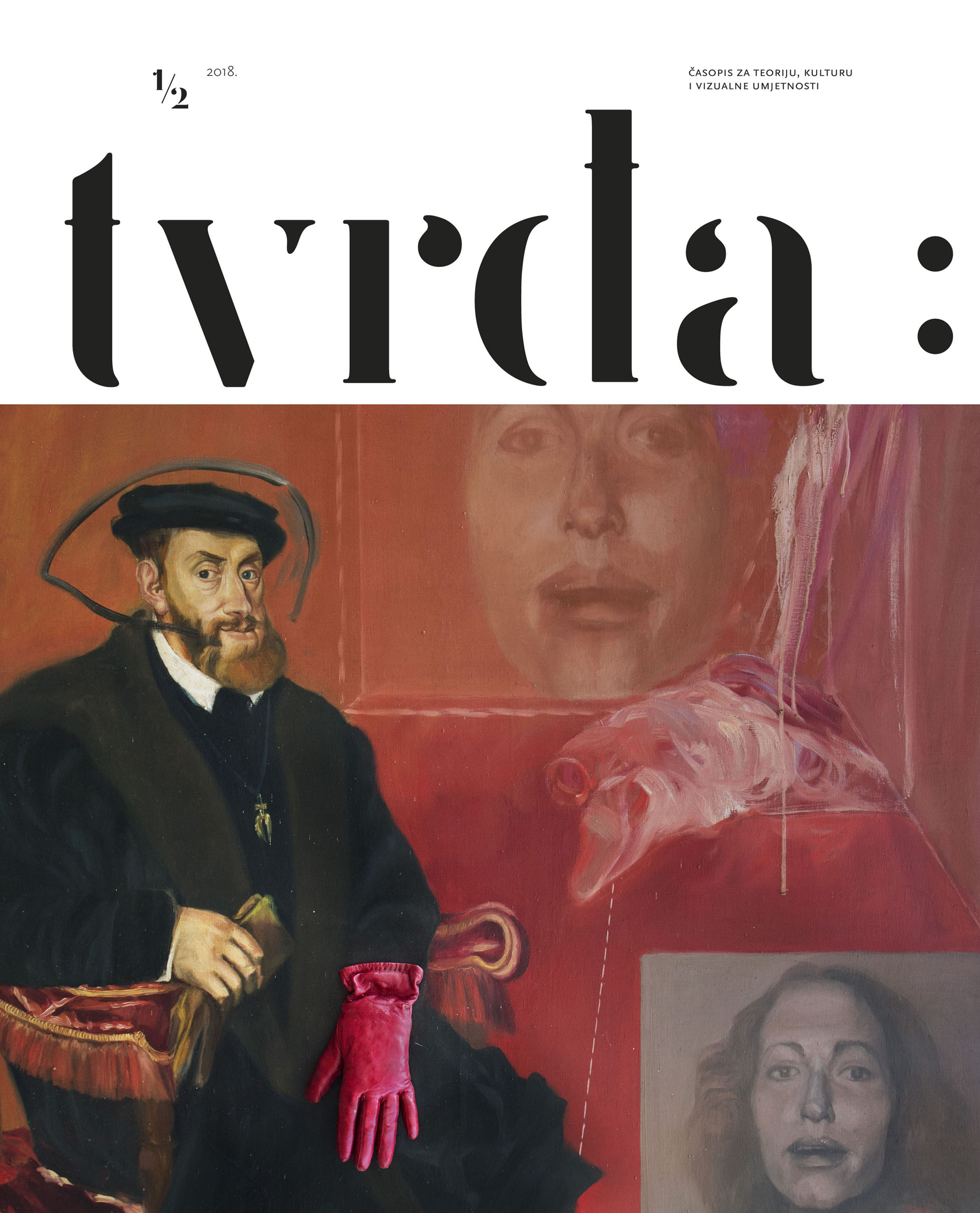
Ova riječ je na engleskom kako imenica, tako i glagol (okolnost je to koja općenito odlikuje duh engleskog jezika). Kao imenica ona između ostalog znači »poduhvat«, »plan«; »namjera«; »cilj«, »zlohotan udar«, »zavjera«, »lik«, »temeljna struktura«, a sva ta i druga značenja povezana su s »lukavstvo« i »prepredenost«. Kao glagol (»to design«) ona između ostaloga znači »nešto izmudrovati«, »hiniti«, »kreirati«, »skicirati«, »oblikovati«, »postupati strateški«. Riječ je latinskog podrijetla, sadrži »signum«, što na latinskom znači »Znak«, kao što »signum« i njemački »Zeichen« proizlaze iz istog prastarog korijena1. Etimološki, dizajn, dakle, znači nešto »od-značiti« Pitanje koje se ovdje postavlja glasi: kako je riječ dizajn došla do svog sadašnjeg, međunarodno uvriježenog značenja? Povijesno gledano, to pitanje otprilike znači da treba pogledati u tekstovima kada i gdje se ta riječ počela etablirati u svom današnjem značenju. Semantički ga valja tumačiti otprilike tako da treba razmisliti zašto je upravo ta riječ zadobila značenje koje mu pripada u aktualnoj diskusiji o kulturi.
More...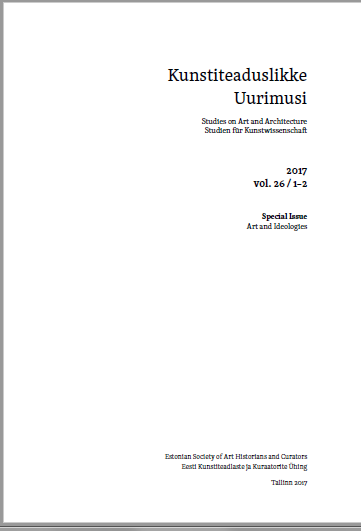
The term ‘ideology’ was first introduced in the 18th century by the French politician and philosopher Antoine Destutt de Tracy, who used the word idéologie to signify the science of ideas. Although an academic discipline by that name never actually emerged, various disciplines did start delving into the meaning of the concept, in search of an answer to the question of what the thing called ideology actually was. The original use of the word envisioned ideology primarily as a science that studied the formation of ideas in the human mind – a view that had a clear emancipatory dimension – but this sense began to fade in the late 19th century, at which point ideology began to be associated with false consciousness or processes by which power relations were reproduced.
More...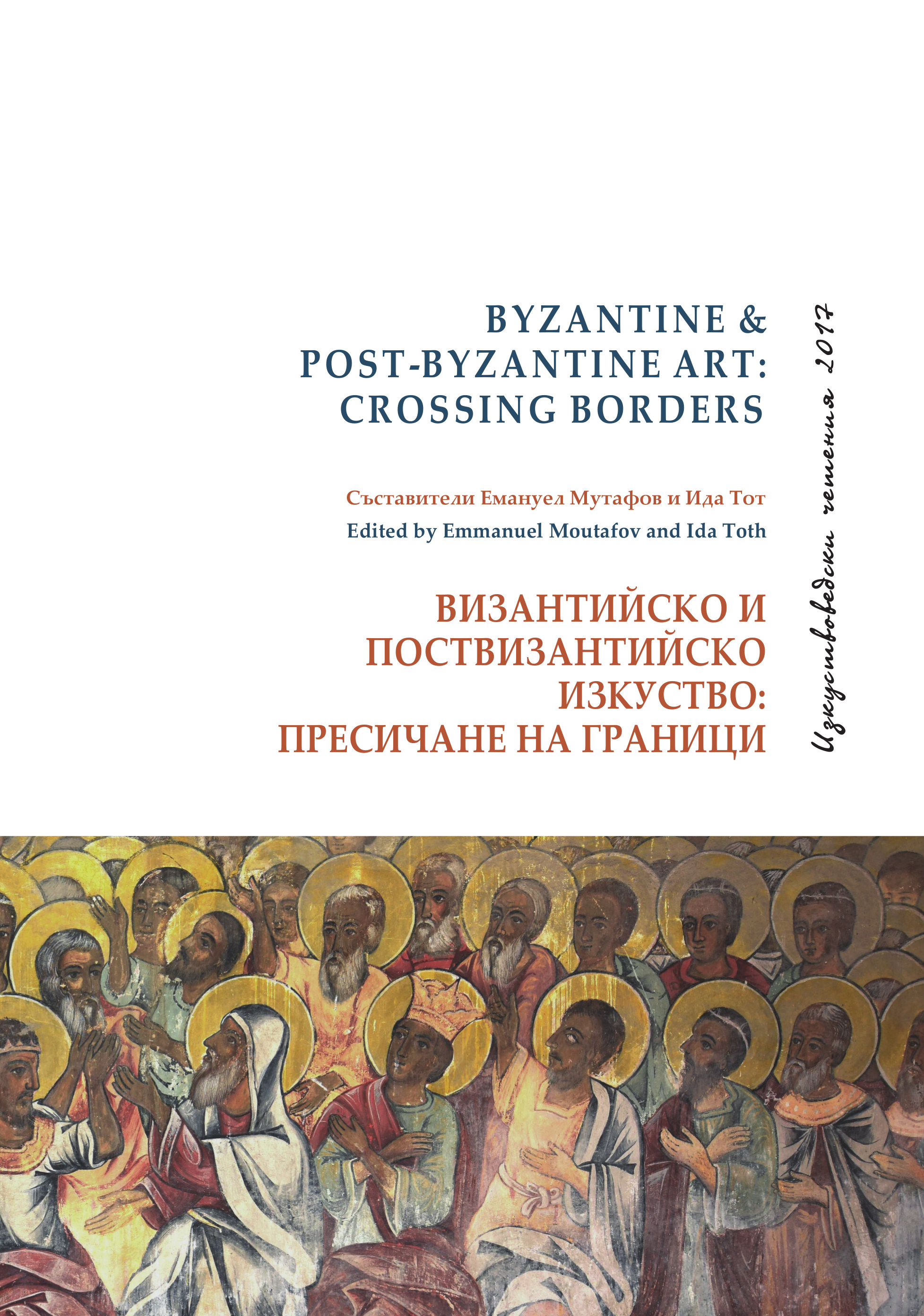
Crosses with so-called tetragrams (i.e. four letters or four pairs of letters) are not only attached to monuments, icons and portable objects, but are also found inscribed into Byzantine and post-Byzantine manuscripts. Crosses with tetragrams are commonly placed at the beginning of manuscripts and texts respectively as well in other positions. They have multiple roles: crosses with tetragrams protect the object against evil, they safeguard its existence, and, in addition, they occasionally function as a decorative device. This paper presents an overview of crosses with tetragrams in Byzantine and post-Byzantine manuscripts, and it aims to discuss this cultural phenomenon as a whole.
More...
The text concerns the cave church of Panagia Eleousa on the shore of the Great Prespa Lake near the contemporary Greek borders, which was decorated in 1409–10. The study focuses on two parameters: A. the written epigraphic material, which is connected to the history of the monument and to its patrons, and B. the unusual external and internal mural decoration with symbolic themes and motifs with protective and apotropaic connotations. Both reveal metaphysical semiology linked to the political ideology and to theological beliefs of an unstable period.
More...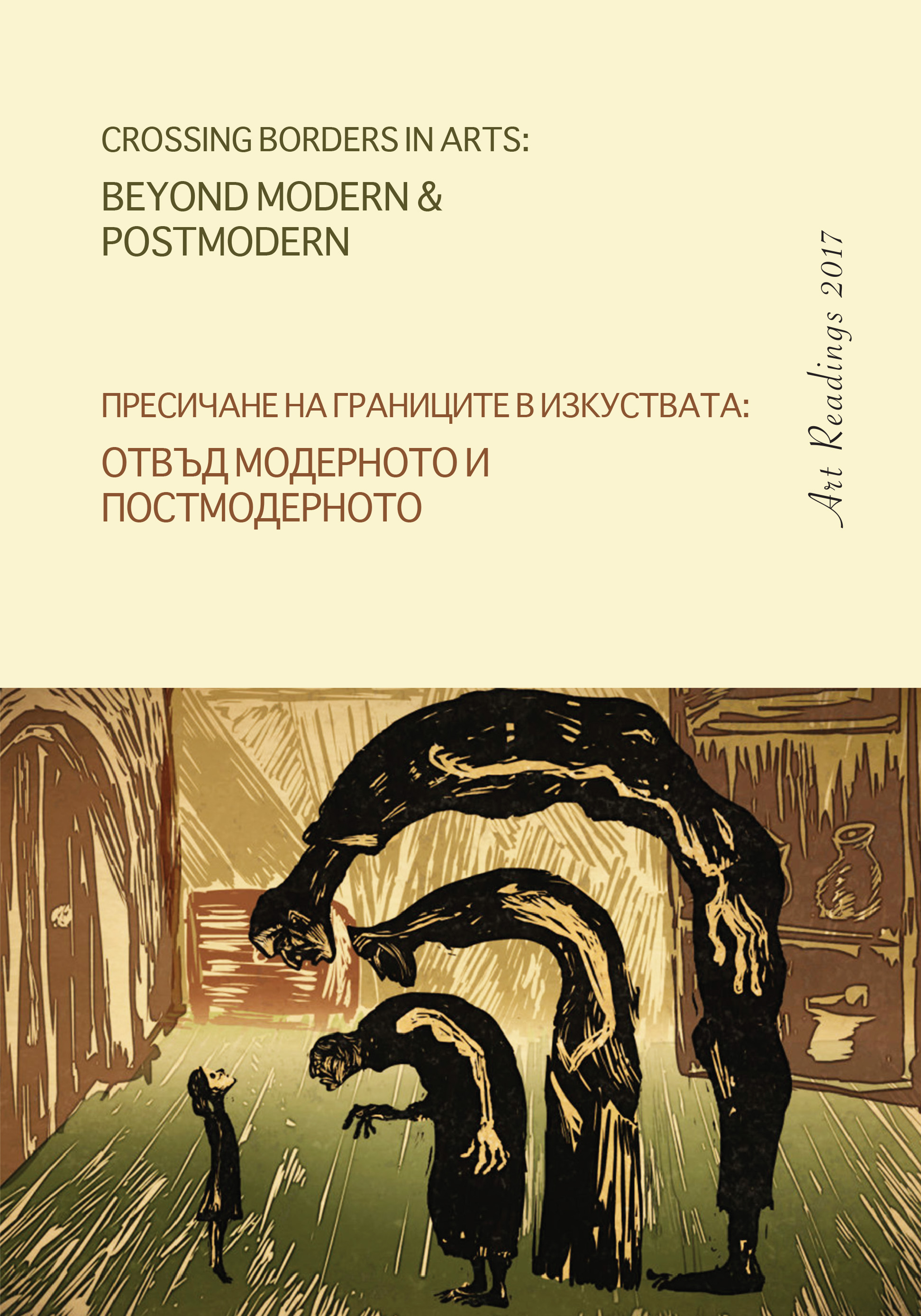
Article aims the story of “Laterna magika”, a multi-medial performance form which was presented by the Czechoslovak theatre makers for the first time during the EXPO 1956 in Brussels. The audience could encounter a brand new type of performance which was “not only theater and not only cinema” but a sophisticated multi-media mixture, where theatre, cinema, dance and new technologies meet in one place, within one stage design, on one stage. The productions invented and created by stage designer Josef Svoboda and theatre and movie director Alfred Radok were overwhelming and opened new ways of the use of multimedia in theatre and on stage. Author focuses not only on the initial ideas of the Laterna Magika but on later development of its principles as well. He tries to analyze shortly the possibilities and position of this “stage-multimedia” in contemporary world of performative arts.
More...
The proposed text is part of a larger study of the dynamic processes in the performative arts in the era of rapid development of new technologies. The focus is on the performance live arts in the digital era, where liveness (Philip Auslander, 1999) vs. virtual in the age of digimodernism (Alan Kirby, 2009). These processes put a lot of questions about the future of mankind when live people might be replaced by robots, or even become themselves bio-robot hybrids. The latter pertains to the problem of live vs. digital, real vs. virtual, natural vs. artificial. The key word is hybridization, where we can talk about the “death” of the traditional live arts in their fight with the new technologies. Some modern and postmodern ideas about symbolical “deaths” of the Creator in the Creation are discussed.
More...
In the first decade after World War 2, there was nothing resembling avantgarde in Latvian music, because the position of Soviet ideology was that art should be understandable for the people. However, toward the end of 1950s, ideological pressure eased, and the role of stylistic experiments significantly increased. For example, allusions to baroque in Marģeris Zariņš’ music were presented within the interaction with contemporary composition techniques. He can be considered the first Latvian postmodernist. Furthermore, Zariņš was an influential writer, and postmodern features are also seen in his literary works. The paper on his music and its literary parallels could be a significant contribution to the research of cultural processes in certain regions of the former USSR where postmodernism appeared without prior serious experience of modernism.
More...
This paper is an attempt to outline the principles of formation and functioning of a modern organized film industry within a socialist national economy in Bulgaria. The key point which focuses the research topic is the building of the National Film Center Boyana (the “Kinocenter”) in 1963 as a production facility for the state-owned feature film studio. The elimination of the state subsidies for the studio in February 1991 marks the beginning of the collapse of the vertically integrated Bulgarian film industry.
More...
In his research paper “Metamorphosis of puppet theatre” Henryk Jurkowski introduces the term “heterogenous theatre” – theatre that contains a variety of forms of expression, where the puppet is just one of the many elements in the play, in order to contrast it with “homogenous theatre”, a characterization of the specifics of European puppetry up until the 1960’s, where the stage components are meant to be in direct service to the puppets. On the basis of these definitions, puppetry in Bulgaria after the dawn of the new millennium can be seen adhering to many of the trends and processes present in European puppetry. Different forms of “heterogenous theatre” can be identified, in which the variation in combinations between different elements creates a wide variety of concepts, aesthetics and practices. This diversity of elements is connected to the change of requirements in Bulgarian theatre after 1989, the necessity for texts that can be used for puppet theatre, the transformation of artistic spaces, the increasing role of sound and lighting, the development of the relationship between actor and puppet, as well as new approaches to communicating with the audience. Different creators of contemporary Bulgarian puppetry have different approaches to these components in order to create their own artistic style. Along with the rise of new names on the puppetry stage after 2000, established creators from the 80’s and 90’s continue to produce compelling plays. Bulgarian puppetry has evolved into many diverse styles which include: puppetry that includes puppets with different types of mechanisms being used in a single play, object theatre, puppetry with improvised puppets, material theatre, mask theatre, shadow theatre, “black box” theatre and many others. There also exists a variety of texts, which are adapted into various forms including adapted fables and myths, dramatization on a particular subject or piece of literature, plays that focus on the musical aspect of theatre and many more. The huge potential for combinations of expressive tools and the recent dual nature of the puppet (as a subject and as an object), makes the actor’s job harder – the actor has to perform multiple functions – as an animator of the puppet (classical function), and as a dramatic persona and storyteller (newer functions). “Open animation” is one of the elements that is the basis for the idea of heterogenous puppetry, it’s beginning in Bulgaria is symbolically referred to as “coming out in front of the screen”, owing to the fact that the screen has turned into a symbol of homogenous illusory puppetry, which hides motion from the viewer, a practice that dominated up until the 1960’s. When it comes to audience, the most widely represented form of puppetry in the country is aimed at children. But while less numerous, there are other interesting examples of adult and family puppetry, and recently there has been a rise in theatre for babies (0+). The sphere of puppetry aimed at children has an educational function, which makes it important to emphasize familiar storylines, situations and characters in a fun, informative way. In this regard Bulgarian puppetry is also keeping up with the stylistic developments in other European countires. This text will focus on contemporary forms of puppetry on the Bulgarian stage and analyze problems and important trends connected to aesthetics and the stage itself, in order to prove with the use of examples that the heterogenous potential of puppetry is being displayed in Bulgaria. This mainly applies to the sphere of puppetry aimed at adult audiences, since it’s specific characteristics rely on the metaphorical and symbolical use of the puppet and bring out the synthetic nature of puppetry.
More...
Wurstisen lute book emerges as a very late source of German lute tablature. Written down n the last decade of the 16th century, it stands out for its remarkable size and repertory. The latter is organized in eight books. Fantasias are placed in the third book. Their variety is in respect of chronology, origin, technique, required instruments. The paper in presence is concentrated on the imitative fantasias. Observation leads to the notion that monothematic ones are generally a later part of the repertory, while on the contrary, the polythematic ones refer to a layer preceding with decades the time of copying the manuscript.
More...